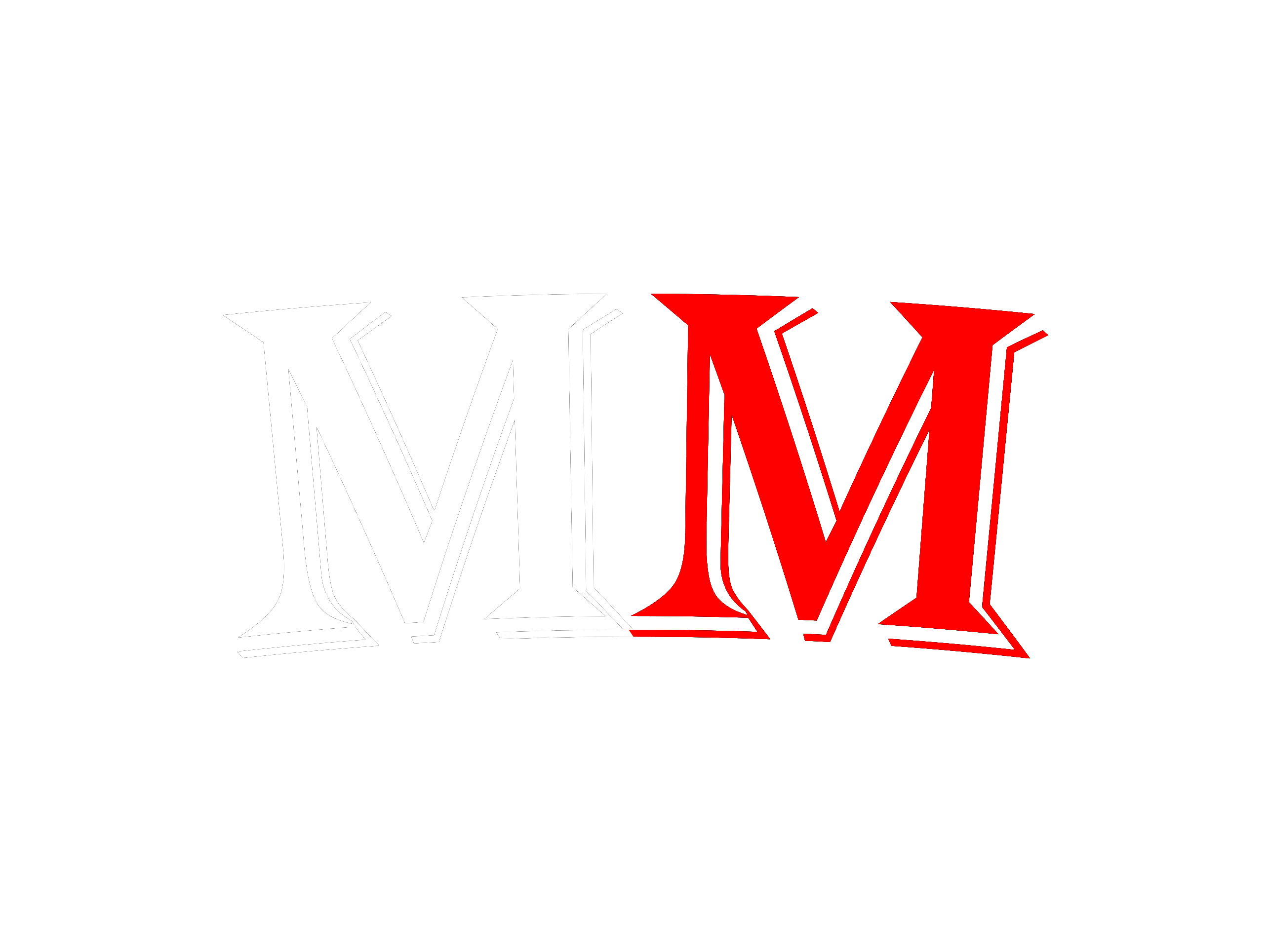Mentalism performances are born from both science and art.
The artistry comes in the form of showmanship, making knowledge about theatre an exponential advantage to those who want to practice mentalism.
Learning how to build tension and suspense is also part of the performance. All mentalism performances require practice — and not just about the delivery.
Mind-blowing mentalism acts involve different techniques, too. This is where science comes in.
And it is these techniques that we’ll be discussing today.
Here, we’ll give you 3 mentalism techniques you should learn to “read” your audience’s minds. These are:
- Cold reading
- The shiner
- Misdirection
Let’s get straight into it.
Mentalism Technique 1: Cold Reading
Cold reading is a mentalism technique that allows you to gather a lot of information by reading a person’s nonverbal signals, which can include clothing, age, race, hairstyle, and more prominently, body language.
Cold reading might need your subject’s consent, which means you’ll have to ask for their permission. The good thing is most people will grant permission, even if it’s just out of curiosity.
Once you have permission, ask leading but rather vague questions. You’ll have to carefully listen to your subject’s responses – not just what he answers aloud, but also what his non-verbal behavior says.
Reading body language and micro-expressions, plus the ability to connect bits and pieces of information your subject may not have purposely shared, allows your guesses to be close to the truth. It gives the impression that you can read their mind.
To increase your chances of having a successful cold reading session, here are several things to keep in mind:
It’s all about your subject
Choosing the right person from the crowd can make or break your performance. Try to observe if a person’s eyes are opened wide or whether his face and torso turn towards you. These point to a person’s level of openness. When attempting cold reading, you’d want to avoid picking a skeptic as much as possible.
Dangle a bait and see if they bite
Cold reading is dependent on how precise your guesses are. You can increase the accuracy by fishing for cues. Most mentalists use letters or numbers and then watch how their subjects react.
For example, let them think of a number from 1 to 10. Then start counting the numbers aloud, try to see which number they react to most (it can be a blink or a small smile). Most likely, that number is the number they’re thinking of.
You can also use Barnum’s Effect. It involves giving general statements to your subjects and seeing where that takes you. Always remember that the tiniest responses – especially non-verbals – could be excellent sources of information.
It’s a performance, so bring on the drama
Throwing guesses left and right, no matter how accurate they may be, becomes a little bland after a while. Create some tension by making it seem like you’re struggling to connect to the psychic realm.
Making it look too easy makes people defensive — it makes people skeptical of your abilities, making them harder for you to read.
Mentalism Technique 2: The Shiner
Sometimes, mentalists create the impression that they can read your mind by guessing a word you wrote down on a piece of paper without ever having access to it. They can achieve this by using well-placed props.
As the name implies, this technique involves a shiny object or surface. It’s important to note that this object or surface has to achieve two things:
- Make sure the object or the surface accurately reflects likeness. If you use something that reflects a distorted image, you may have a challenging time during the performance.
- Make sure its location remains unnoticed by the subject. Some mentalists use a mobile phone’s screen, polished metal, or glass. Others use a table that has a reflective surface. What’s vital is drawing the subject’s attention away from it.
The rest is a matter of subtle skill.
For example, ask your participant to write something down on a piece of paper. As always, if you can build the tension leading towards this point, the better the effect will be. Perhaps it can be rooted in a tragic experience or a moment of great success — using an emotional moment usually works wonders.
Instruct your subject to place the paper facedown – having them do this step sells the perception that all the control is on their end. You are just there, guiding them through the experience.
You then discreetly take a look at the reflection with the help of your shiny object or surface. Viola! Suddenly, the psychic realm has whispered what they wrote down on the paper into your ear.
Placement and practice are essential in this technique. Even if you’re putting a little bit of drama into the performance, you don’t want to seem unnatural.
The last thing you want to happen is to be caught sneaking a peek at that piece of paper. It’s vital to keep the subject’s attention on something else.
Mentalism Technique 3: Misdirection
Another popular and powerful technique often used by mentalists is misdirection. It hinges on the fact that the human brain cannot simultaneously focus on two things.
Misdirection involves ensuring your subject’s attention is focused on one thing and not on the crux of your performance. If you’re able to pull this off, your subject won’t even be aware of your maneuver – the only thing they’ll remember is the outcome.
There are several ways mentalists use misdirection to their advantage:
Cloaking a move
Dealing with a single subject is an ideal opportunity to use misdirection. It’s less complicated because you only need to distract one person.
Asking questions that require people to go inside their minds and reflect is already misdirection.
During mind-reading performances, you’ll rarely see a mentalist making a lot of movement. The question they ask their subjects to think about is their way to refocusing attention elsewhere.
For instance, a mentalist can ask a subject if, when thinking about past experiences, whether their memories are in vivid color or black and white. Most people won’t readily know the answer and will need to think about it, allowing the mentalist to make their move, say, peek at the card they chose.
Disguising a method
Several mentalists have used misdirection to hide the real method of how their performance is done, such as Darren Brown, David Blaine, and Criss Angel.
They provide false explanations to the audience regarding what they just witnessed. Some claim it’s genuine magic, conversational hypnosis, or an enhanced ability to read body language.
Regardless of the reasoning used, false explanations contribute a lot to mentalism performances since it guides the audience away from the real method you are using.
Modifying a memory
Of many ways to use misdirection, this is considered more advanced and requires more preparation.
In mentalism performances, ‘winging it’ is never encouraged, so most professionals carefully script their tricks. This extra layer of preparation allows them to practice until it becomes second nature.
When crafting their acts, mentalists make sure that suspense is built (which enhances the experience for the audience), and the audience is left with a false memory of what happened.
According to research, you can use subtle suggestions to induce false memories. During performances, the mentalist plants these false memories when he talks the subject through what happened. The script he prepared includes slight changes in the details.
For example, a mentalist can use a change in terms, such as telling the subject to “cut the cards” at the beginning of an act then repeating the same thought but replacing “cut” with “mix” and “shuffle”.
In the course of the repetition, memories begin to change. It results in a distorted version, having incorporated new information introduced by the mentalist. So following our example, the subject now believes that he or she mixed or shuffled the cards instead of cutting them.
Conclusion
Want to be an expert at mentalism?
You can start out by learning and practicing these 3 mentalism techniques.
Some techniques come easy to people — if that’s the case for you, then great! Broaden your horizon and be open to learning more techniques and new tricks.
If it doesn’t, however, don’t lose hope. The singular best advice for aspiring mentalists is this: don’t give up.
If it doesn’t work out the first time, keep at it. At some point, things snap into place and one day, you’ll find yourself being able to complete these techniques without breaking a sweat.
Then you’ll realize all the effort was worth it.

